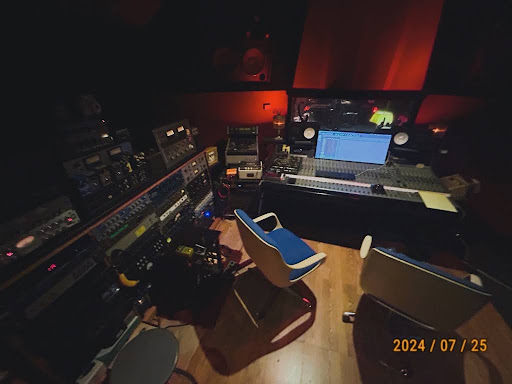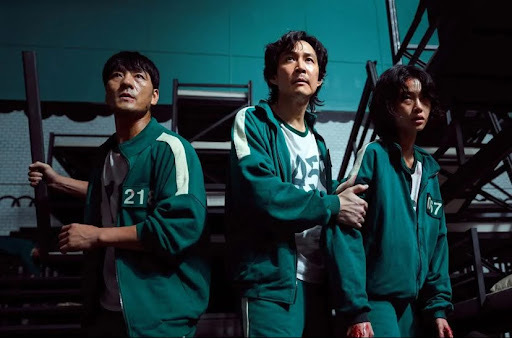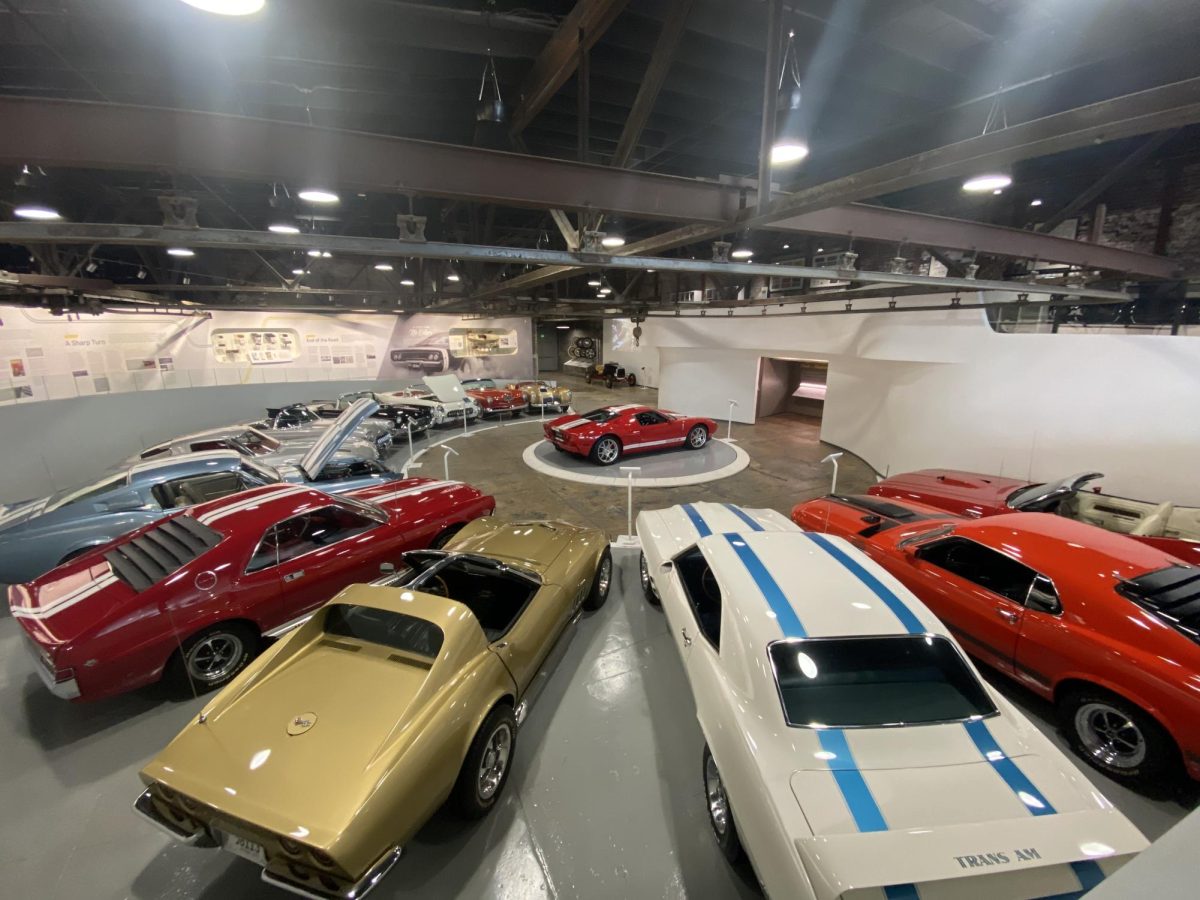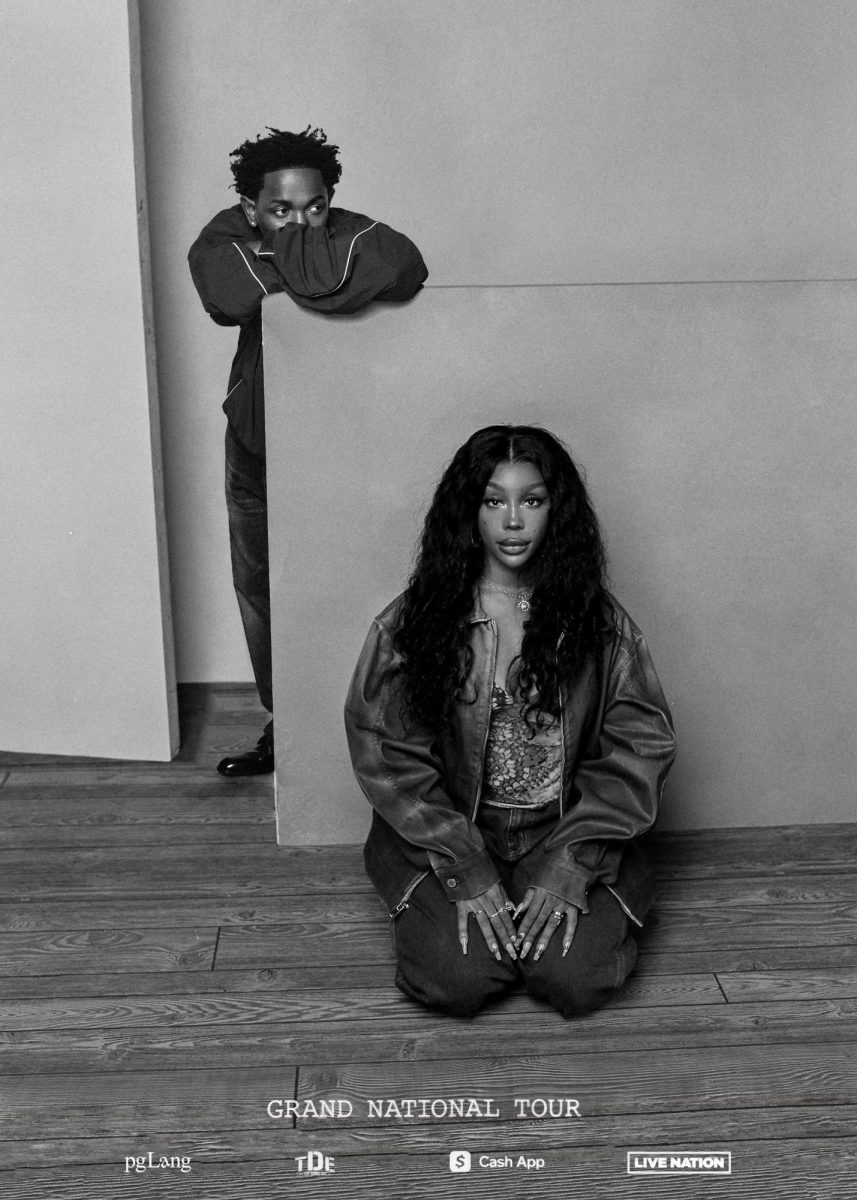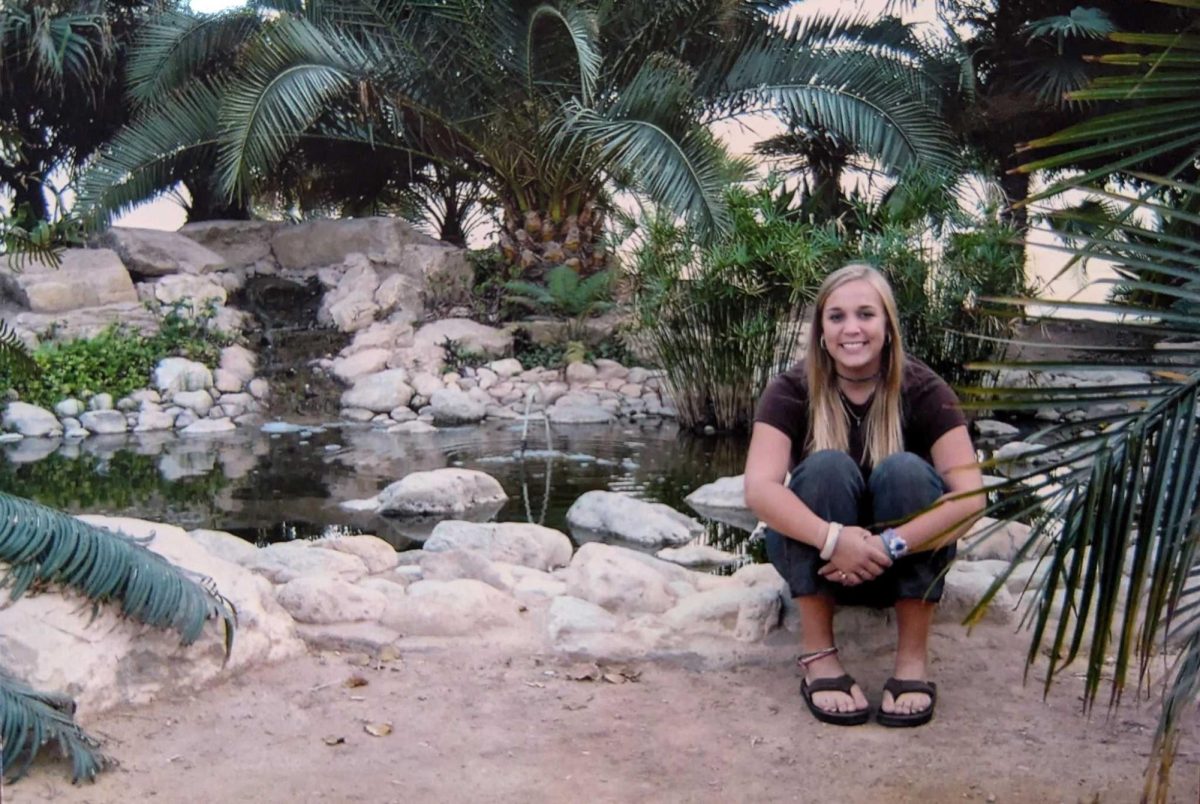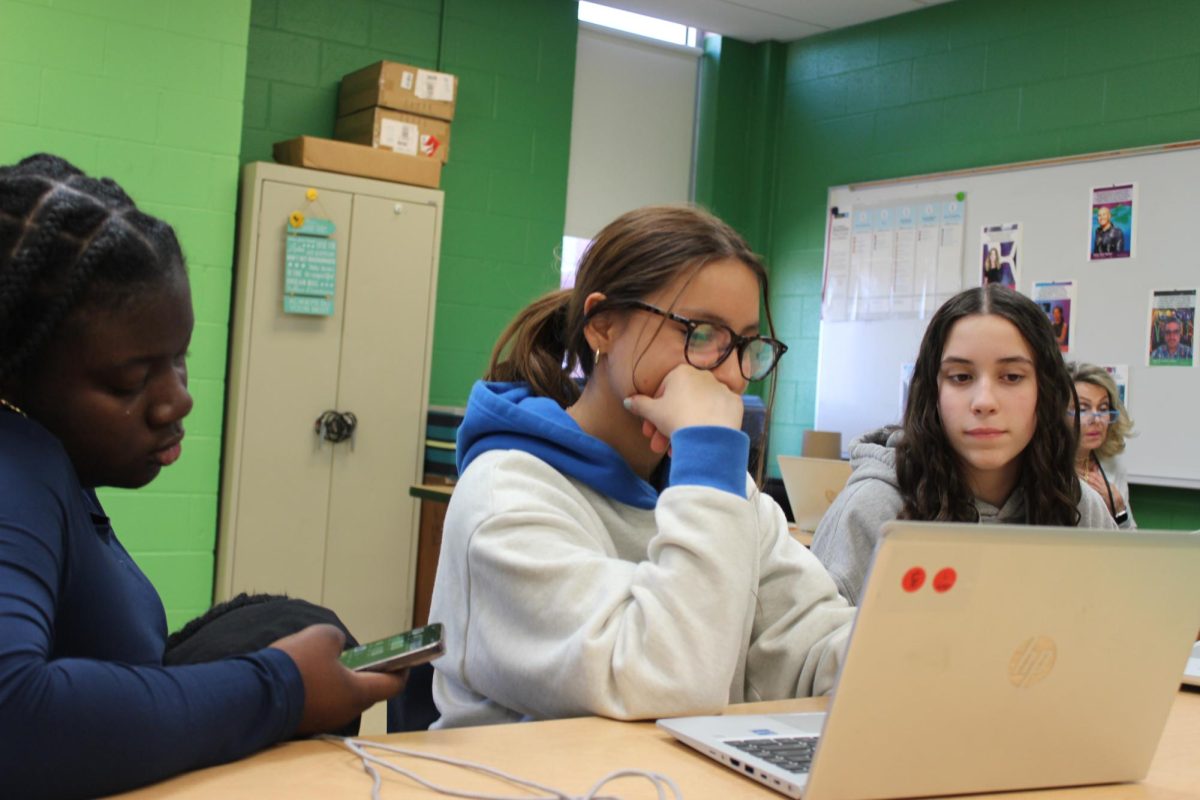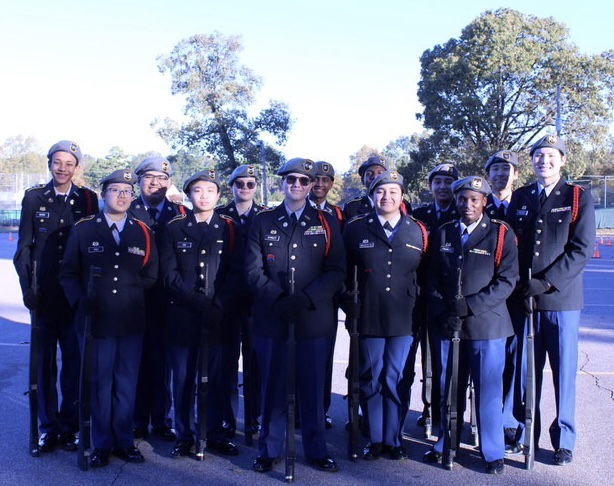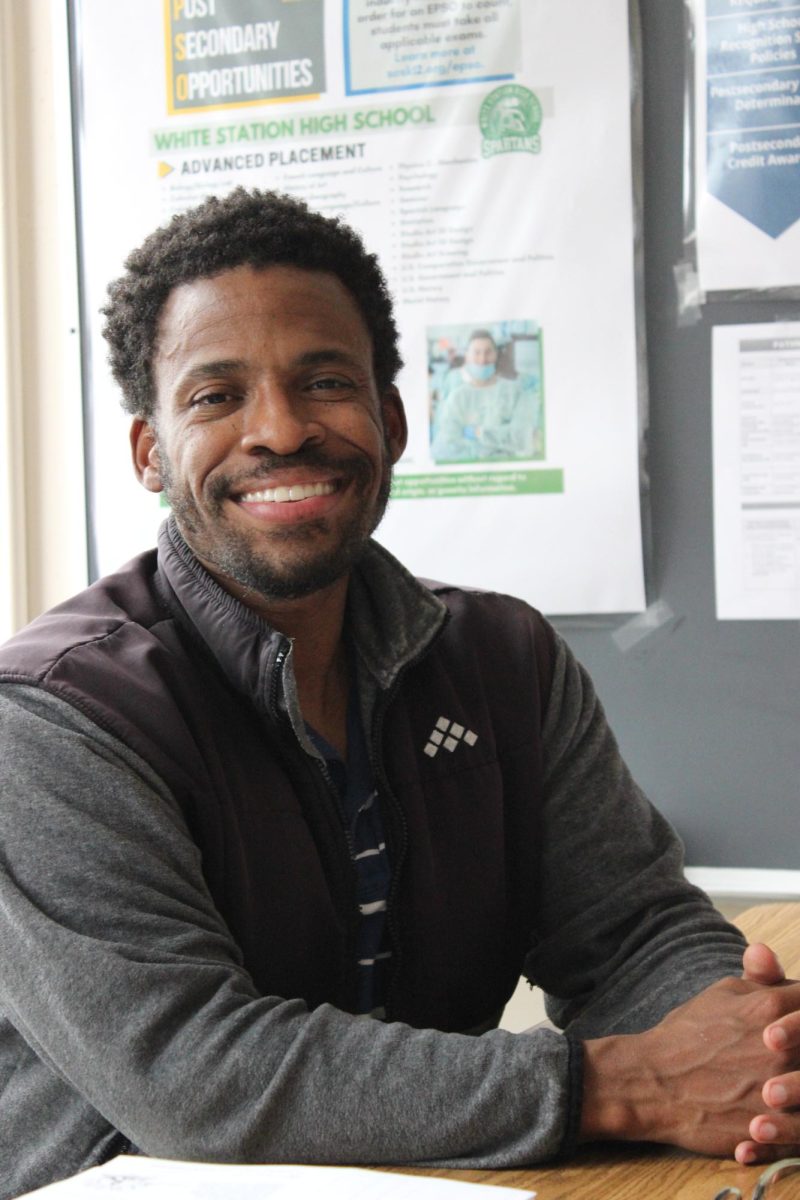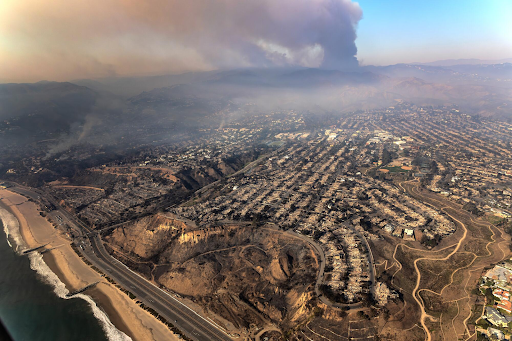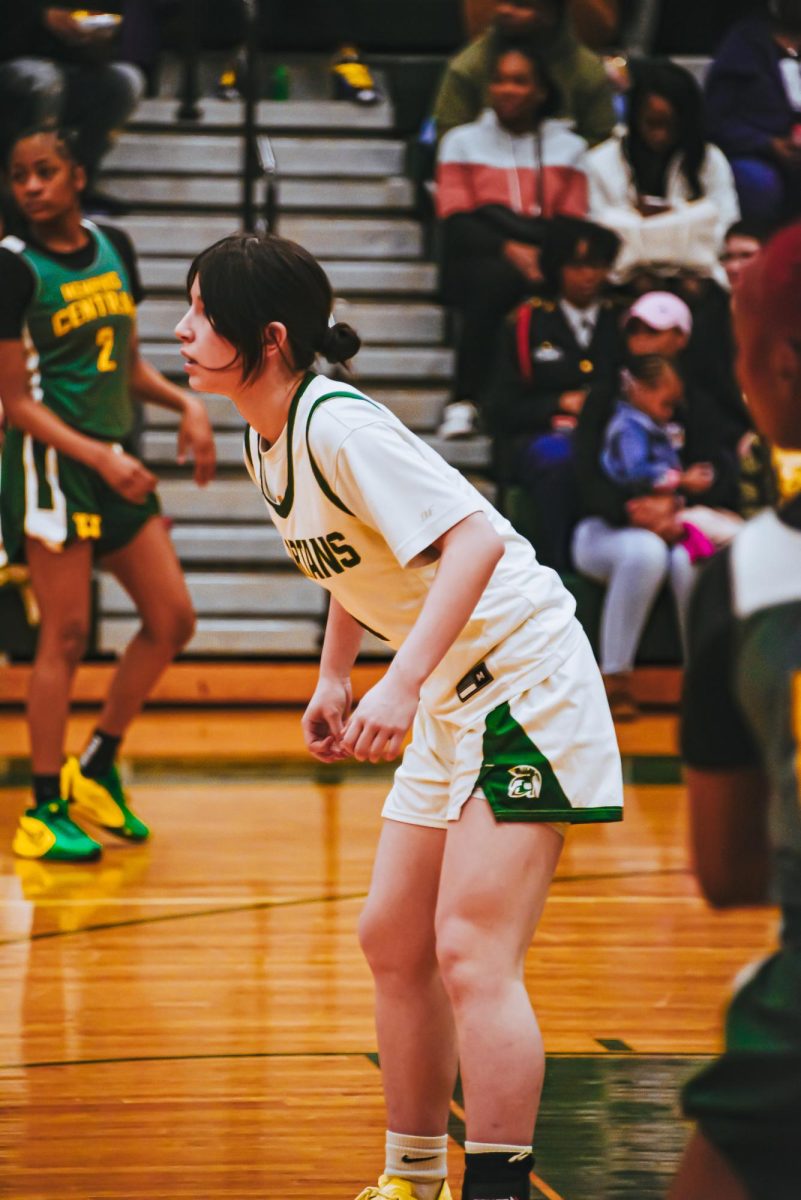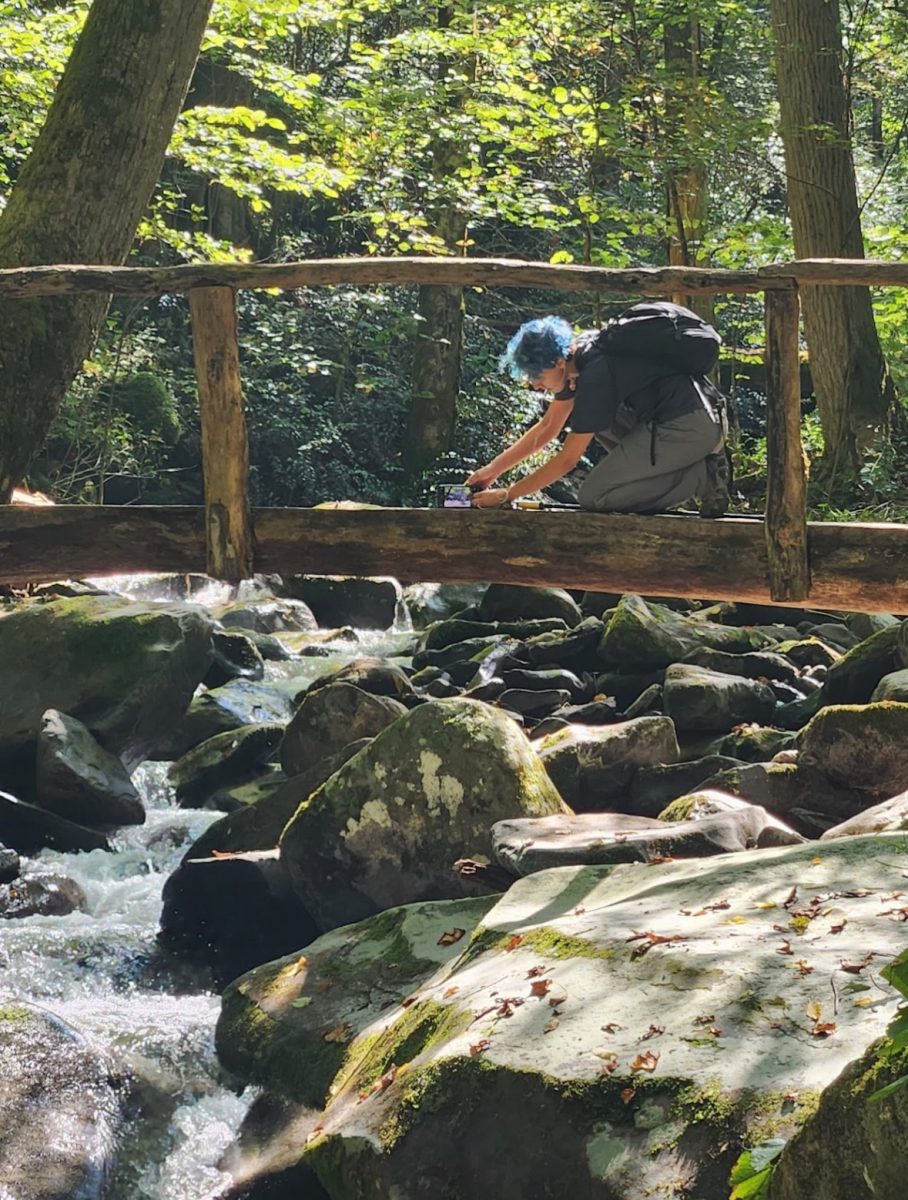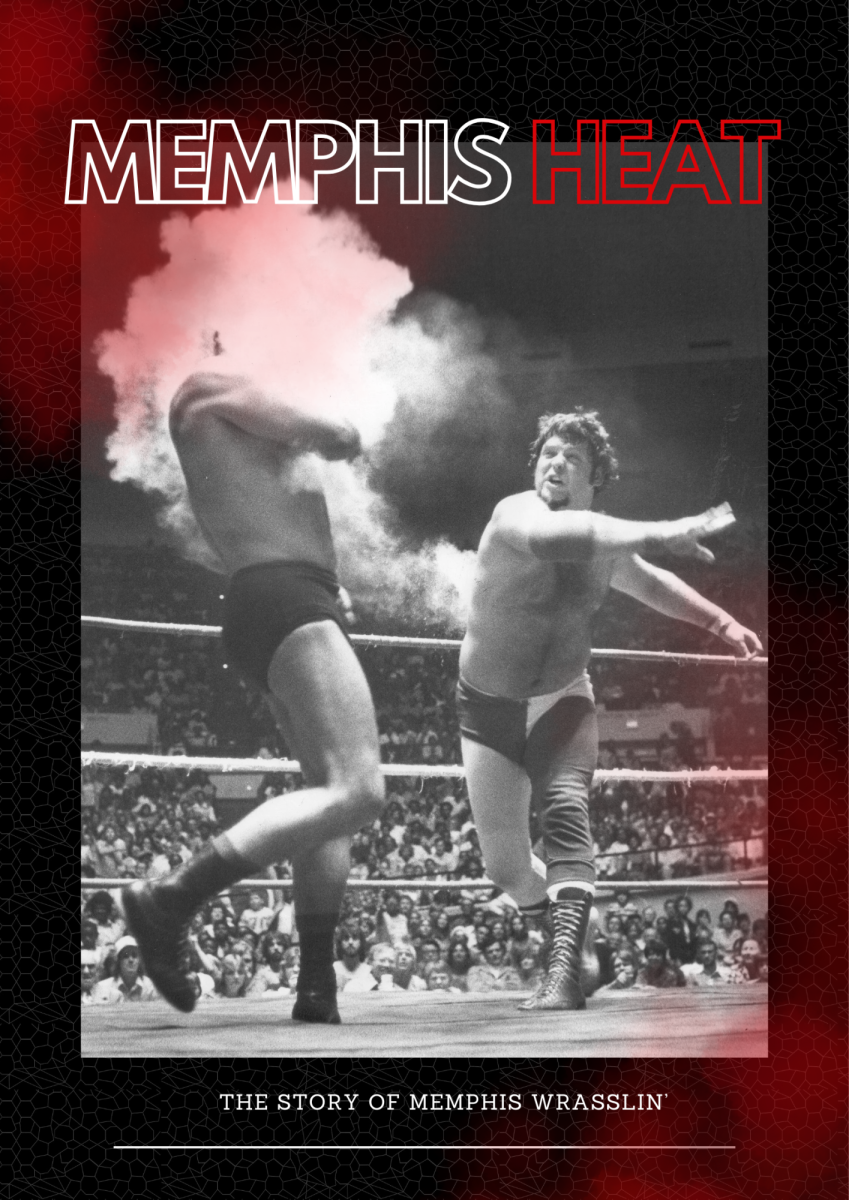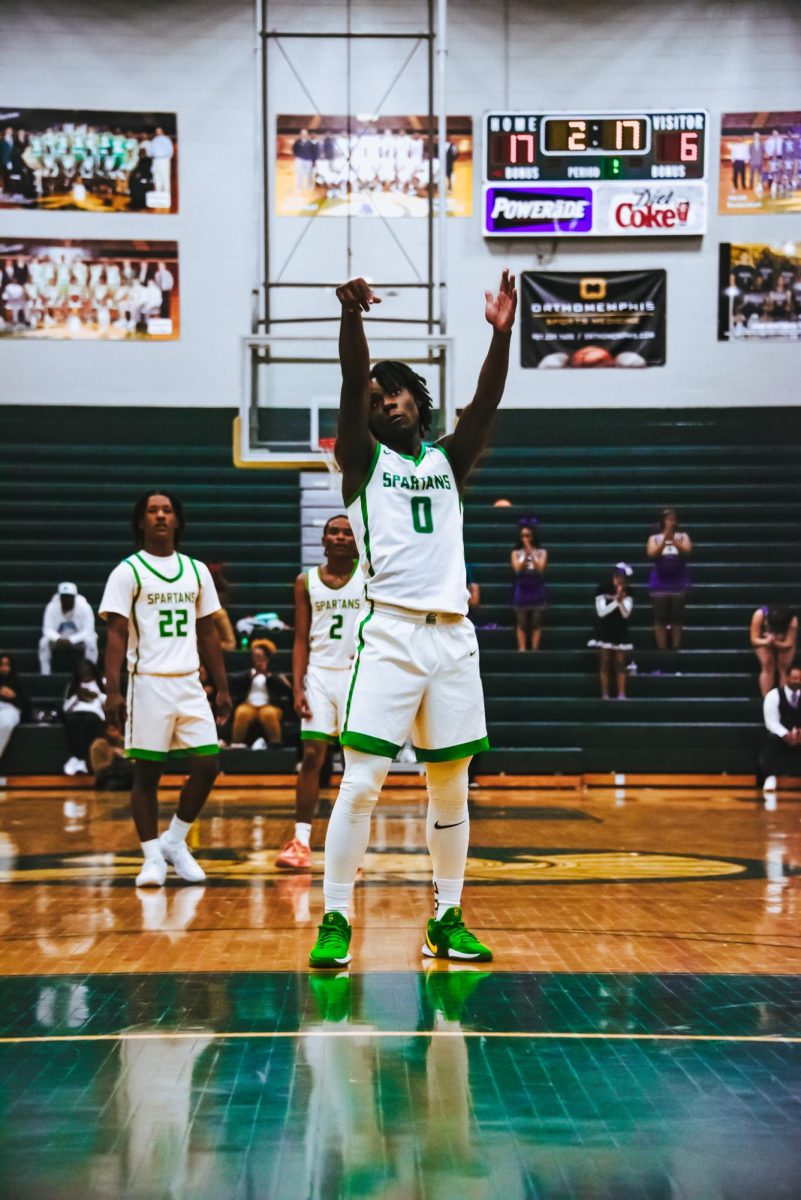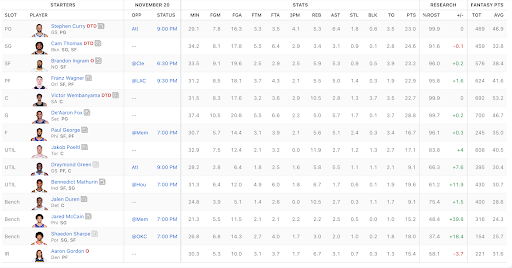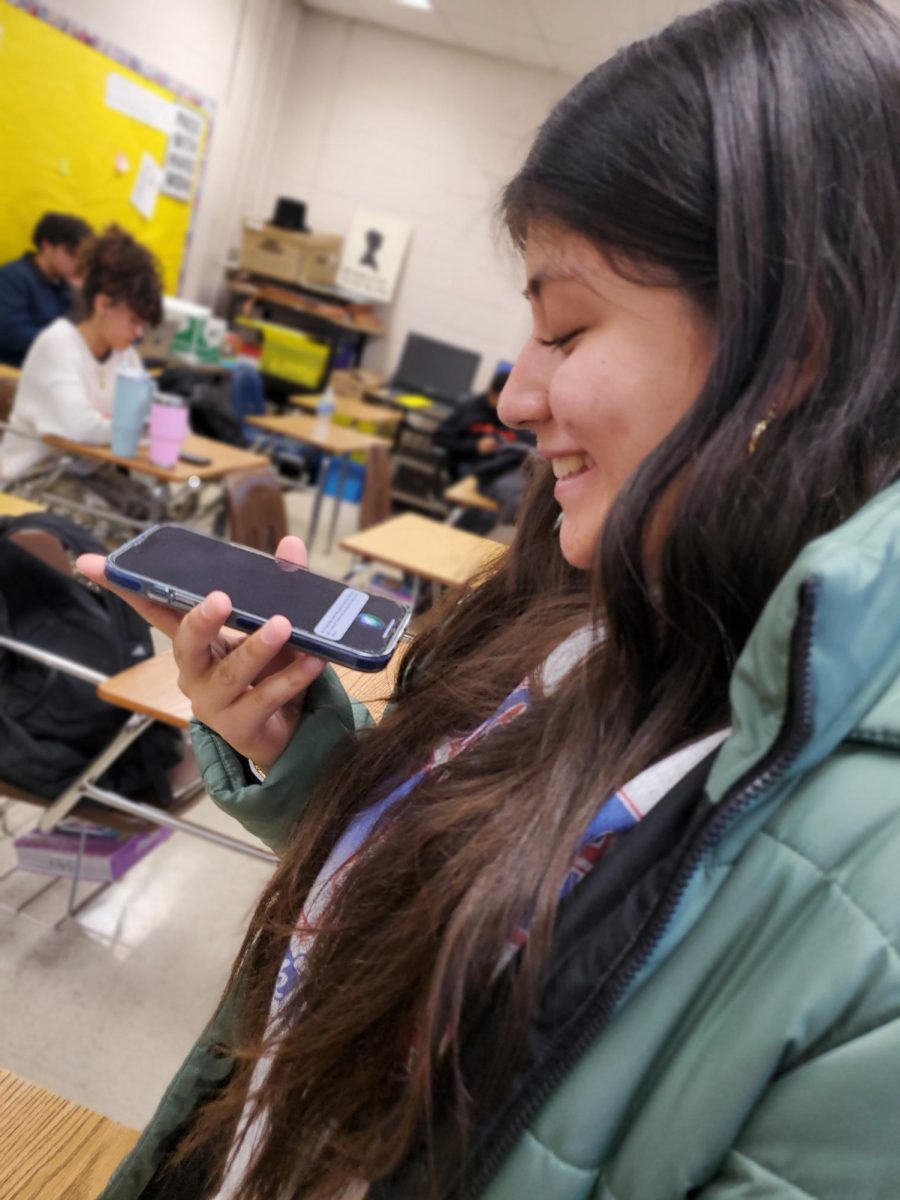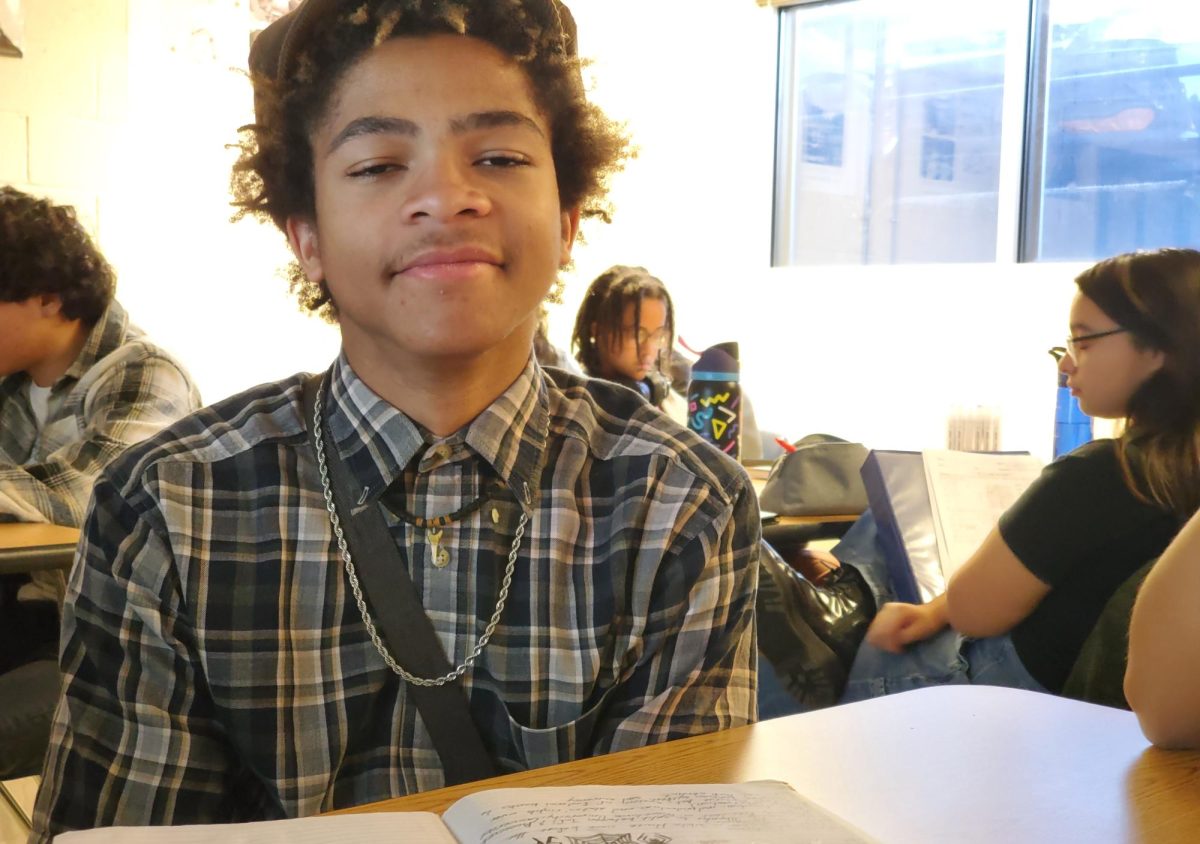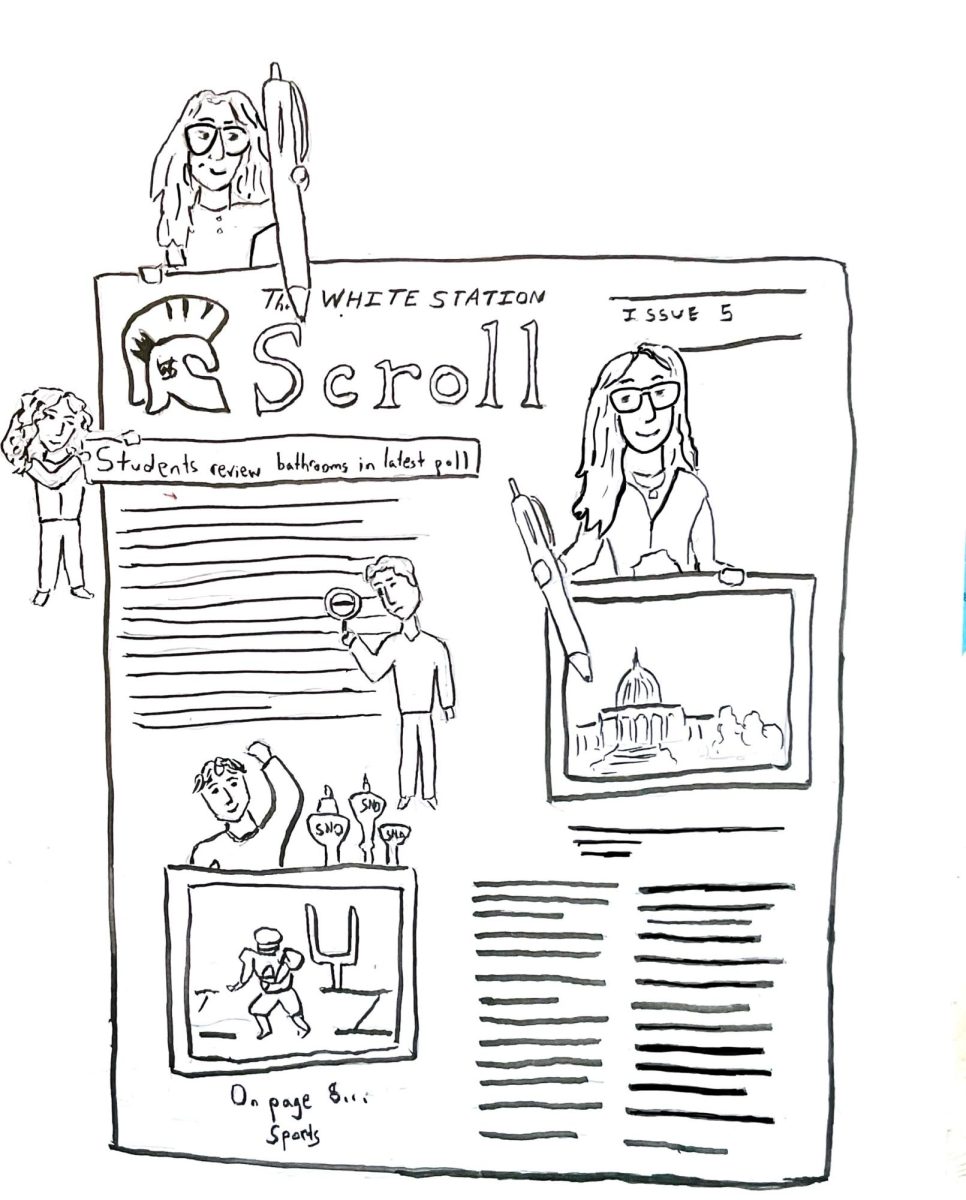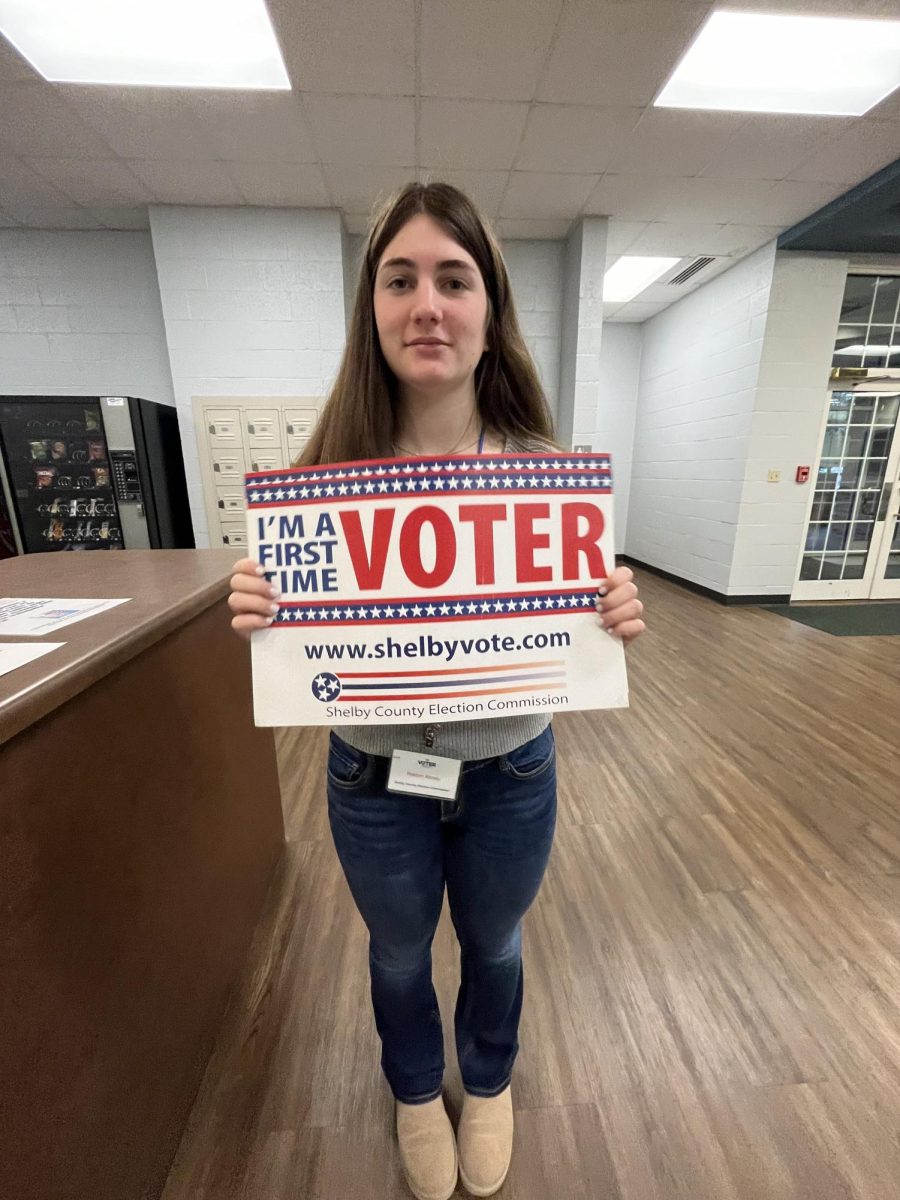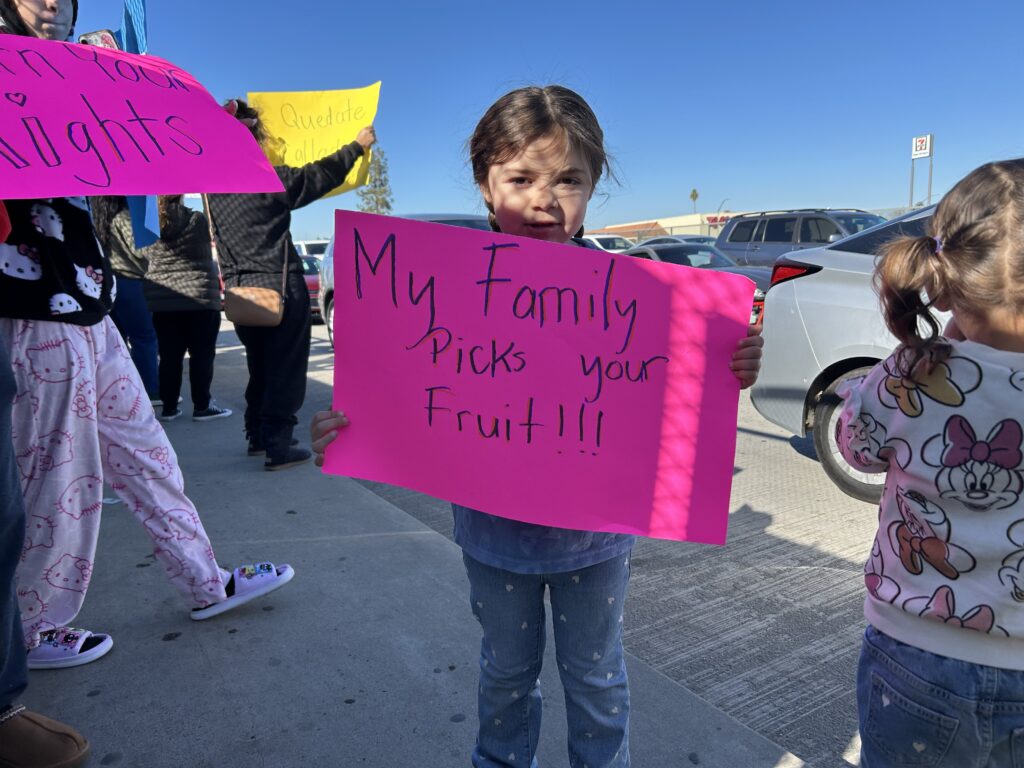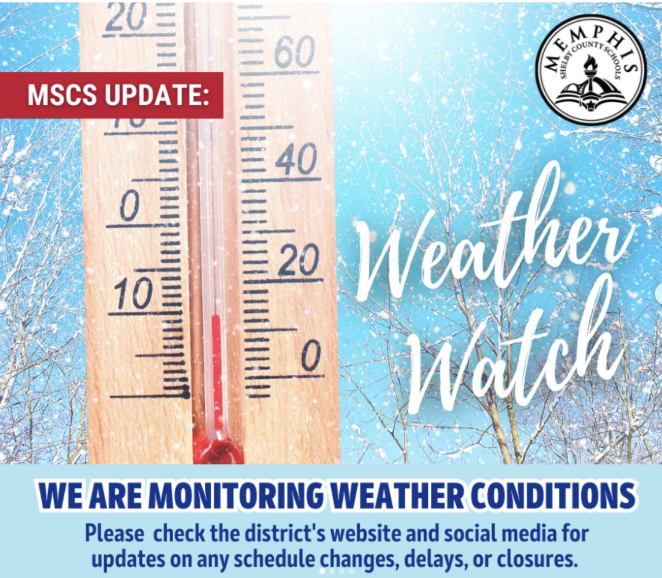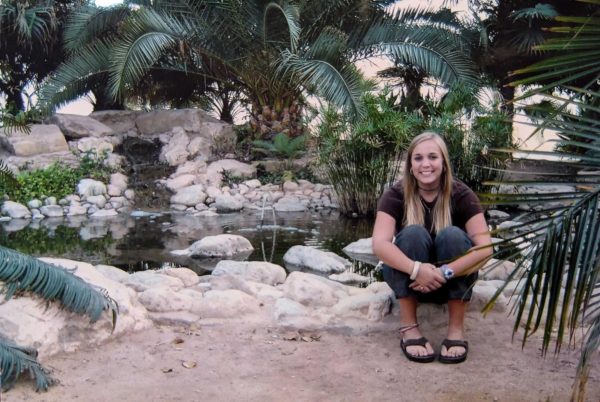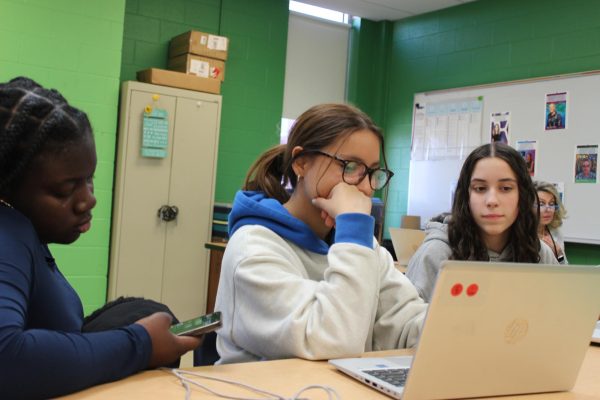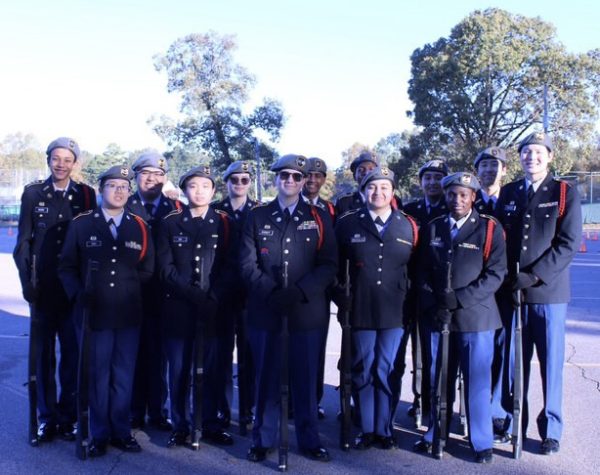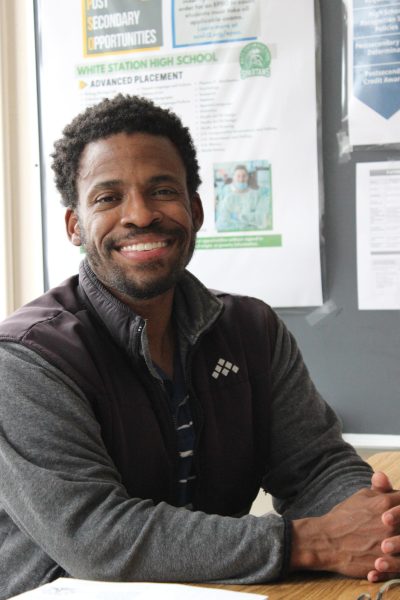Weed Station?
On October 5, I walked my normal route to Coach McDugle’s portable for fourth period economics: out the main building and around the back of the senior gym. The morning was chilly and I could see the breath of everyone around me. At the bend in the driveway, I cut across the grass to emerge ahead of two boys meandering along the path. I was almost parallel with the pair when the sour smell of weed made my stomach turn. One raised a joint to his lips while the other exhaled, leaving a trail of more than just breath. Unsure of what to do, I sped up and walked into the portable, still stunned.
I learned what marijuana smells like as a freshman, but I never saw anyone use any sort of illegal drug until the third month of my senior year. Most White Station students learned the danger of drugs through the Red Ribbon and Drug Abuse Resistance Education programs in elementary school, yet countless stories similar to mine exist. So what’s normal?
According to a survey of 400 White Station students, 61% claimed to have seen someone use or sell drugs while on campus. One hundred and twenty-five admitted to using drugs.
“It’s important to tell people that drugs are dangerous because those things like cocaine and meth that will effect your body very badly, but I don’t think that it should be fear that is the tactic, because it’s bad people are scared of things that shouldn’t be scaring them,” a student who preferred to remain anonymous student said.
The Red Ribbon Campaign is designed to inform young people about the risks of drugs, tobacco and alcohol. D.A.R.E. is a similar program that aims to teach young people skills needed to refuse drugs. Ten SCS elementary schools participate in Red Ribbon Week at the end of October. While Spartans may have fond memories of wearing wacky ties to school, only 39 survey participants believe the programs were effective in their efforts to “tie down” drugs– 347 do not.
“I don’t think [the Red Ribbon Campaign] is where my opposition to drugs comes from. I don’t think it really does much, I think [using drugs] is a decision you make on your own and is formed more by like what you think about following the rules in general instead of just like drugs,” Mary Katherine DeWane(12) said.
Drugs like cocaine, meth or heroin are illegal for obvious health risks, but the attitude toward marijuana, especially in high school, is different.
“When I was a kid I thought drugs were insanely bad and then something that kinda changed was one- I began to realize that weed is not much of a drug. It’s like taking an advil,” the anonymous student said.
One hundred and fifty students responded they do not see marijuana as a “real” drug.
“Some people say ‘oh [weed] doesn’t do anything’ and I don’t think it’s necessarily a gateway drug per say, but I do think people who smoke weed are not as ambitious, and they lose some of their innocence and curiosity about the world,” DeWane said.
Children can have a misconception about drugs: choosing to avoid them is the same as disapproving of others using drugs. While 267 students have no intention of using drugs in high school, only 66 see using drugs as an act of rebellion.
“It’s a counter culture but it’s totally not…It’s not like you’re joining some weird club at school where like five people are, like, there. It’s something that’s SO frowned upon but that SO many people do,” a second student who preferred to remain anonymous said.
Most students surveyed believe that 51-60% of WSHS students use drugs. However, 67% reported never using drugs themselves and have no intention to. Despite rumors and stereotypes, drugs are not mainstream.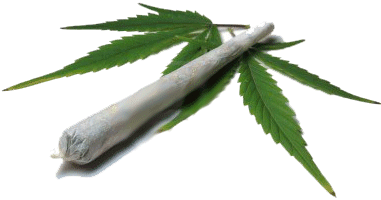
Your donation will support the student journalists of White Station High School. Your contribution will allow us to purchase equipment and cover our annual website hosting costs.



